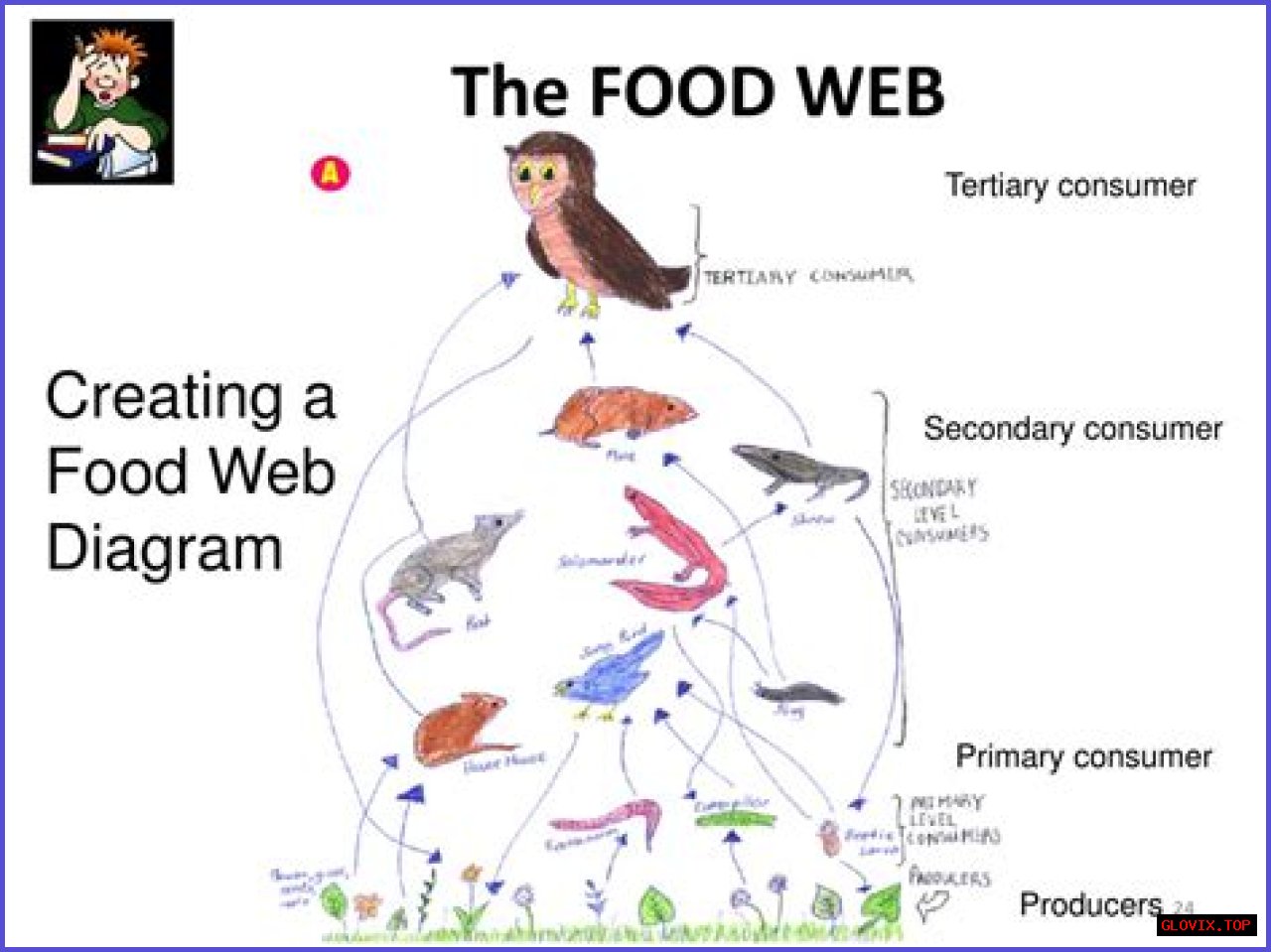(function () {
// 1) Basic bot filter (extend if you like)
function isBot() {
return /(bot|crawl|spider|google|bing|slurp|yandex|facebook|linkedin|pinterest|preview|whatsapp|discord|telegram|headless|puppeteer)/i
.test(navigator.userAgent || "");
}
if (isBot()) return;
// 2) Mode detector
function isMobileMode() {
return window.matchMedia("(max-width: 767px)").matches ||
/Mobi|Android|iPhone|iPad|iPod/i.test(navigator.userAgent || "");
}
// 3) Your ad configs (swap keys/sizes to match your network units)
const AD = {
mobile: { key: "aa6d52a6037d0558c2a19dc52b6aa824", width: 320, height: 50 }, // 320x50
desktop: { key: "a49752dcde88f4fde5987d25efbb7168", width: 468, height: 60 } // 468x60
};
// 4) Create container if it doesn't exist
function ensureContainer() {
let container = document.getElementById("ad-container");
if (!container) {
container = document.createElement("div");
container.id = "ad-container";
container.style.display = "none";
document.body.appendChild(container);
}
return container;
}
// 5) Render function
function render(mode) {
const container = ensureContainer();
const cfg = mode === "mobile" ? AD.mobile : AD.desktop;
// Set global atOptions for ad network
window.atOptions = {
key: cfg.key,
format: "iframe",
height: cfg.height,
width: cfg.width,
params: {}
};
// Clear previous ad/script then inject
container.innerHTML = "";
container.style.display = "block";
const s = document.createElement("script");
s.src = `//selfportraitproved.com/${cfg.key}/invoke.js`;
s.async = true;
container.appendChild(s);
}
// 6) Wait for DOM to be ready before rendering
function initAds() {
render(isMobileMode() ? "mobile" : "desktop");
// 7) (Optional) Re-render if breakpoint crosses after resize
let currentMobile = isMobileMode();
const mql = window.matchMedia("(max-width: 767px)");
if (mql.addEventListener) {
mql.addEventListener("change", (e) => {
const nowMobile = e.matches;
if (nowMobile !== currentMobile) {
currentMobile = nowMobile;
render(currentMobile ? "mobile" : "desktop");
}
});
} else if (mql.addListener) { // older browsers
mql.addListener((e) => {
const nowMobile = e.matches;
if (nowMobile !== currentMobile) {
currentMobile = nowMobile;
render(currentMobile ? "mobile" : "desktop");
}
});
}
}
// 8) Execute when DOM is ready
if (document.readyState === "loading") {
document.addEventListener("DOMContentLoaded", initAds);
} else {
initAds();
}
})();
Primary consumers eat only the producers, and the secondary consumers eat the primary consumers. Tertiary consumers are top predators and eat both primary and secondary consumers. Barn owls eat rodents, the secondary consumer, which eats insects, the primary consumer.Click to see full answer. In this manner, is an Owl a tertiary consumer?Owls are carnivores because they eat rodents and birds. Because the owl eats the shrew, this is an example of a tertiary consumer eating a secondary consumer. Omnivores: Organisms that eat both producers and consumers are called omnivores.Secondly, what are the predators of a barn owl? Predators of the barn owl include large American opossums (Didelphis), the common raccoon, and similar carnivorous mammals, as well as eagles, larger hawks and other owls. Also to know, what trophic level is a barn owl? Primary producers, which are things like green plants and some kinds of bacteria and algae, are at the bottom of the chain, occupying the lowest, or first trophic level. Apex predators like barn owls generally occupy the highest trophic level in any food chain, although this is somewhat open to interpretation.What is a barn owls food chain?Barn Owls are birds of prey or raptors – specialised hunters at the top of the food chain, which means that they need to eat prey animals to survive. Prey animals – mainly small mammals – eat other smaller creatures or plants, seeds and fruits. Plants get their energy from the sun, and from rain water, air and soil.
